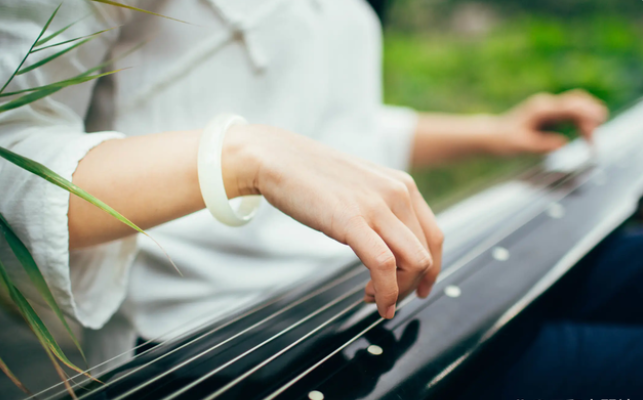What does the "qin" in painting and calligraphy refer to?
Qin, chess, calligraphy and painting are the four major elegant things in ancient China, also known as "the four good things of elegant people".
The qin in the qin, chess, calligraphy and painting refers to the guqin. This is because the timbre of the guqin is pure and ancient. It is one of the oldest plucked instruments in China. It has a history of more than 3,000 years. It is even more stated in the "Record": The scholar did not withdraw the qin and se for no reason. This shows the importance of the guqin to the ancient literati and sages.

The reason why the guqin can be passed down to this day must have its unique and irreplaceable charm of other musical instruments. The ancient people learned the guqin, more reason is that they can cultivate their self-cultivation and cultivate their sentiments. Similarly, for us today, the work pressure is relatively high, and our hearts are floating all day. Impatient, choosing to learn Guqin at this time can make us calm and immerse in the elegant and leisurely artistic conception that Guqin brings to us.

When learning the guqin, "pressing the strings" with the left hand and "strapping the strings" with the right hand can fully practice our fingers, which is helpful for people who have been sitting in the office for a long time, bowing their heads, and those with poor cervical and lumbar spine.
Learning the guqin can cultivate self-confidence, never being able to play one tune or ten tunes... In the process of learning, I constantly cultivate my self-confidence, and every gesture exudes a light of self-confidence and a quiet and elegant temperament.

 渝公网安备 50010702504639号
渝公网安备 50010702504639号